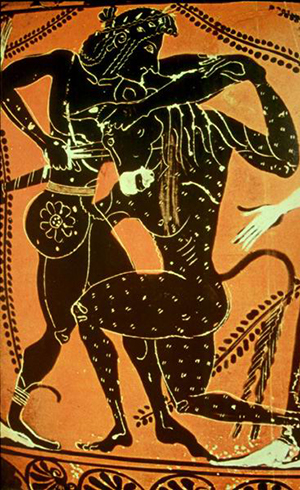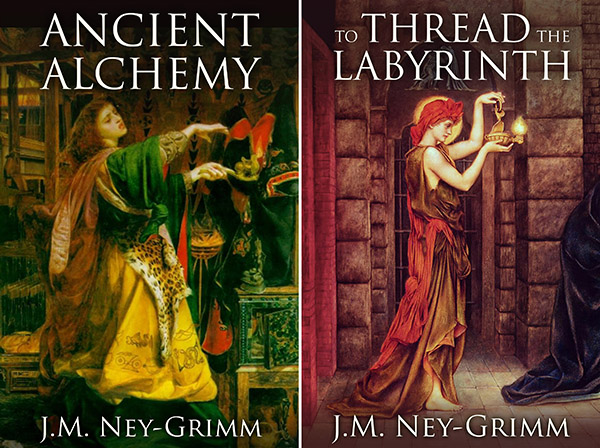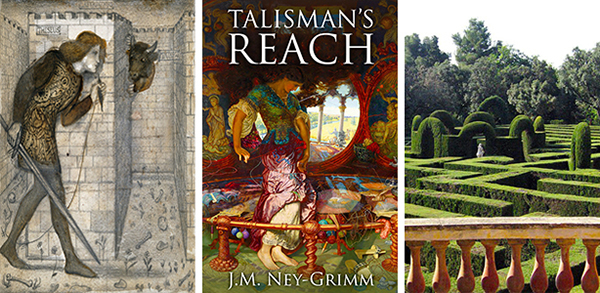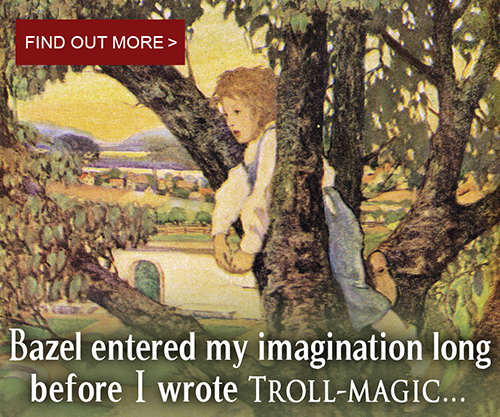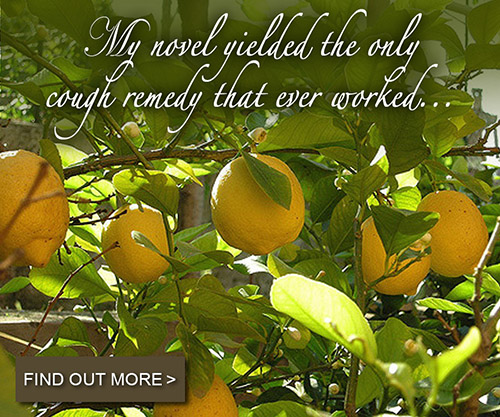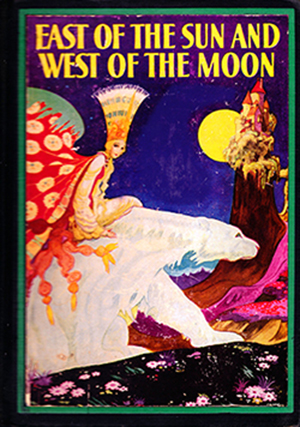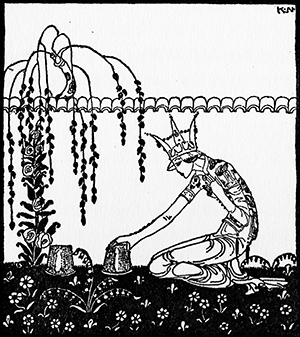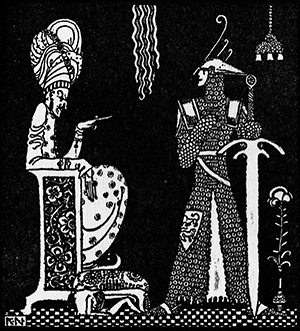This week I’d envisioned myself showing you the world of my book that will release in March. The protagonist lives in a cool medieval castle, and I’ve got floor plans and photos to share!
But those floor plans have not yet been transformed from rough sketches into clear drawings that will make sense to someone other than me. I will finish those drawings, but in the meantime…
I’ve been writing the first few scenes of The Sovereign’s Labyrinth, the sequel to The Tally Master. I’m really excited about the story. I feel like I am there in Hantida with Gael and Keir. Hantida is a large city surrounded by rice paddies and near to a river.
I needed a rough sketch of the house Gael and Keir visit in the first chapter. I used the machiya of Kyoto (traditional townhouses from Japan’s Heian period) as my model.
A rough sketch was all I needed, but I grew so enamored of the architectural beauty of the structure that I was beguiled into making my rough sketch into a finished drawing.
Naturally I want to share it with you!
0—The Front Street Most of Hantida’s streets are dirt, but a few are paved with stone. In the shopping district, where the shops are fronted by roofed arcades, there are raised stepping stones at the street corners so that pedestrians can cross above the muck of the road.
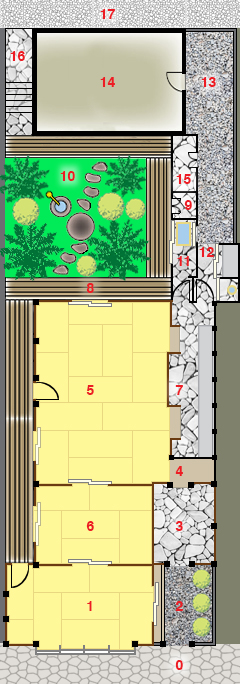 1—Front Room If the family kept a shop, then this front room would be the space where their goods or services were offered, and where customers could enter, either directly from the street, or through the entrance courtyard on the side. It’s a private room for the family that Gael and Keir have come to help.
1—Front Room If the family kept a shop, then this front room would be the space where their goods or services were offered, and where customers could enter, either directly from the street, or through the entrance courtyard on the side. It’s a private room for the family that Gael and Keir have come to help.
2—Entrance Courtyard A pocket courtyard, graveled, and adorned with pots of bamboo. A tall, sturdy gate gives access to it from the street.
3—Entrance Foyer Visitors to the home remove their shoes in this stone-floored space.
4—Entry Hall A niche off the main reception room. The floor is wood, but your shoes should be off!
5—Reception Room Visitors are received and entertained here. Thick mats of rice straw and woven rushes cover the floor. Sitting cushions (and sleeping quilts) are stored in low cabinets along the walls. A low table makes serving food easy. Sliding screens of rice paper give access to an adjacent room and to an outdoor walkway (8).
6—Private Room
7—Kitchen A long room with a stone floor and clay walls, due to the fire hazards inherent in cooking over a bed of charcoal.
8—Wooden Walkway The walkway is out of doors. It brings light and air to the interior spaces of the townhouse.
9—Garden Storage A closet for the watering can, spades, and other implements needed to tend the garden (10).
10—Garden A small, but carefully-tended pocket of greenery.
11—Bath My Hantidans like to soak in deep wooden tubs full of very hot water.
12—Stone Passage This short passage to the side yard is roofed, but out of doors. A small chamber on one side holds a chamber pot. Another holds a counter where basin and ewer allow for washing up.
13—Side Yard Any particularly messy chore can be accomplished in this graveled space. A few raised plots of earth near the back permit some vegetables for the table to be grown.
14—Storage House A clay-walled chamber where costly robes, scrolls, and ornaments and furniture for the off-season are stored.
15—Yard Storage
16—Steps A walk connects to the back alley, where the night soil cart passes, the refuse collectors, water carriers, etc.
17 Back Alley
What happens in my Hantidan home?
The Sovereign’s Labyrinth opens with Gael and Keir newly arrived in the city of Hantida. They’ve been healing their way across the continent, Keir using the skills she earned in her professional training, Gael learning how to be a physician’s assistant under her supervision. They make a good team.
Whenever they arrive somewhere new, word spreads quickly of the amazing cures they bring off. Hantida is no different, and they are summoned to attend a 12-year-old girl who is badly burned.
En route to the girl’s home, they witness a peculiar, aborted arrest. After they arrive, complications—both medical and non-medical—begin to pile up.
The lodestone they are seeking is present in Hantida, but acquiring it will not be at all straight forward. There’s a mystery at the city’s heart, and our duo will have to solve it to win out.
For more about The Sovereign’s Labyrinth, see:
Quarters in the Glorious Citadel
A Library in the Glorious Citadel
That Sudden Leap



